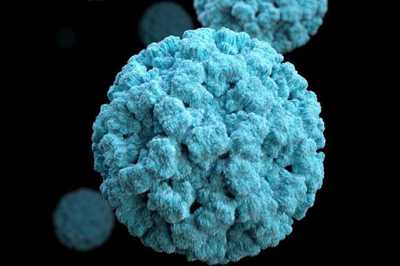AMD Project: Improving Identification of Gastrointestinal Illnesses
Developing next generation sequencing to speed norovirus detection

Outbreaks of norovirus cause vomiting and diarrhea illness. With AMD, we are developing methods to detect norovirus faster and understand how it spreads.
Each year, usually in the winter, Americans hear news reports on outbreaks of vomiting and diarrhea illness caused by norovirus. These outbreaks often occur in places where people are in close quarters, such as healthcare facilities, schools, child care centers, colleges, prisons, cruise ships, and military encampments. People can get norovirus by having contact with someone who is infected, touching surfaces contaminated with the virus, and eating and drinking contaminated food and water. In fact, norovirus is the leading cause of illnesses from contaminated food in the United States, causing over half of all foodborne illnesses.
CDC monitors the spread of norovirus strains through CaliciNet, a surveillance network of state and local public health laboratories coordinated by CDC. In 2016, CDC scientists started using advanced molecular detection (AMD) to develop a next generation sequencing protocol to amplify norovirus genetic material from patient stool samples. Several labs involved in CaliciNet are also implementing these AMD technologies, which are a major improvement compared to current testing methods that provide a limited amount of genetic information for scientists to analyze.
These new AMD methods help scientist more quickly obtain genetic information, and allow scientists to analyze the complete norovirus genome. By increasing the number of complete genomic sequences, we can greatly improve our understanding of how this virus spreads, how many different strains are circulating, and assist in predicting emerging strains in the near future.
Using AMD also allows us to detect outbreaks faster and speed up development of vaccines to prevent norovirus illnesses and outbreaks. In addition, AMD techniques used to detect noroviruses could prove useful for analyzing other types of viruses and improve detection of additional causes of vomiting and diarrhea illnesses, including bacteria and parasites.
- Page last reviewed: March 27, 2017
- Page last updated: March 27, 2017
- Content source:


 ShareCompartir
ShareCompartir